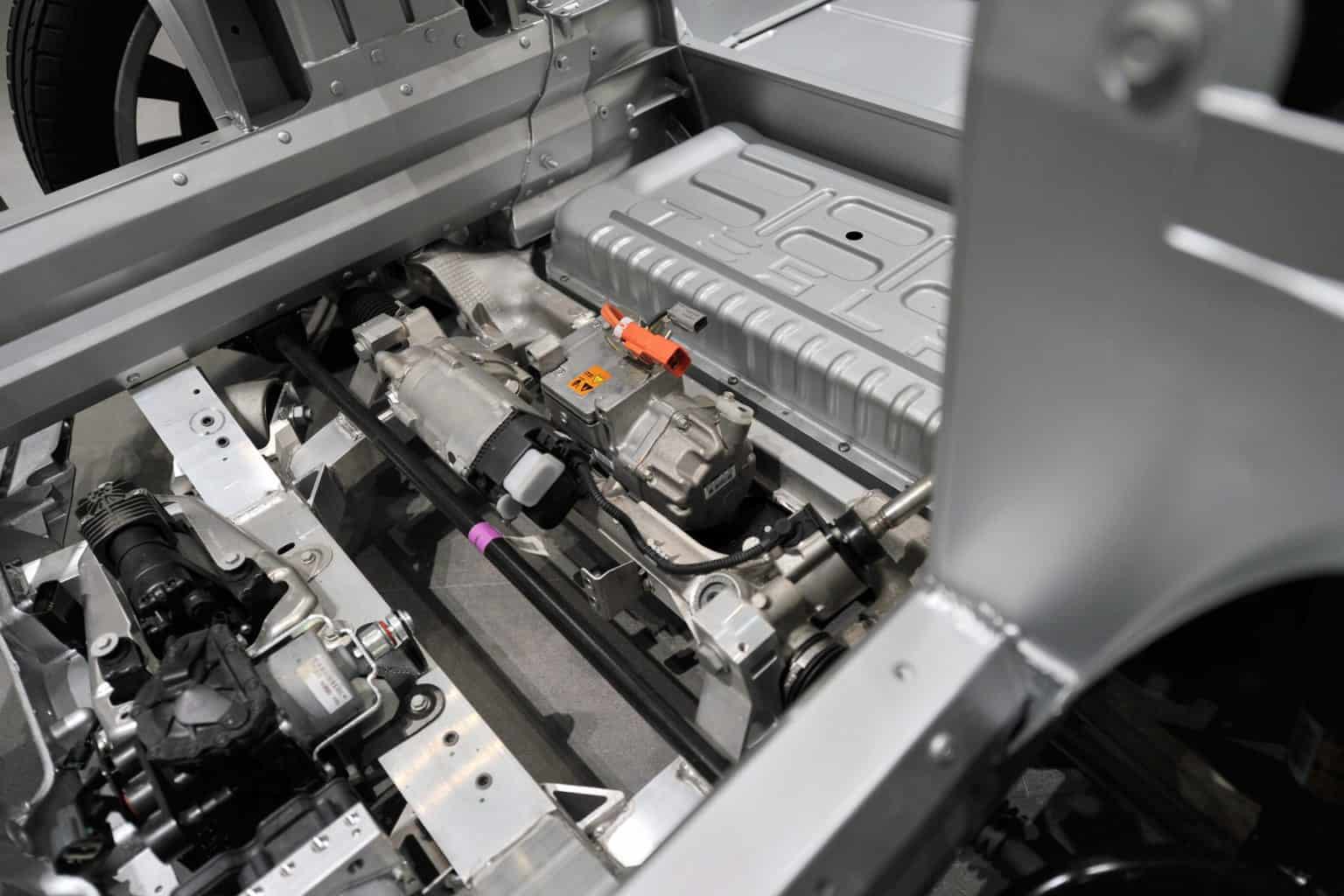

Articles
How Does AC Work In A Tesla
Modified: September 2, 2024
Discover how the AC system in a Tesla works and keeps you cool in hot weather. Read our informative articles for detailed insights.
(Many of the links in this article redirect to a specific reviewed product. Your purchase of these products through affiliate links helps to generate commission for Storables.com, at no extra cost. Learn more)
Introduction
When it comes to electric vehicles, Tesla is a pioneer in revolutionizing the automotive industry. From their innovative designs to cutting-edge technology, Tesla continuously pushes boundaries to provide an exceptional driving experience. One crucial aspect of this experience is the air conditioning (AC) system in a Tesla.
Electric vehicles, including Teslas, are equipped with sophisticated AC systems that not only provide cool air during hot summer days but also help maintain a comfortable temperature inside the vehicle throughout the year. Understanding how the AC system works in a Tesla is not only fascinating but also essential for maximizing efficiency and comfort.
In this article, we will explore the inner workings of a Tesla’s AC system, starting with an overview of AC systems in electric vehicles. Then, we will dive into the components that make up the AC system in a Tesla and the role they play in cooling and heating. We will also discuss how the AC system in a Tesla controls and adjusts the temperature, ensuring a comfortable environment for the occupants.
Beyond comfort, we will also touch upon the energy efficiency of Tesla’s AC system and how it contributes to the overall sustainability of the vehicle. Now, let’s delve deeper into the world of Tesla’s AC systems and unravel the secrets behind their exceptional performance.
Key Takeaways:
- Tesla’s AC system utilizes advanced components and intelligent controls to maximize energy efficiency while delivering exceptional cooling and heating performance, contributing to the overall sustainability of the vehicle.
- The innovative technology and engineering behind Tesla’s AC system ensure precise temperature control, seamless comfort customization, and a reduced environmental footprint, reflecting the company’s commitment to excellence and sustainability.
Overview of AC Systems in Electric Vehicles
Before we delve into the specifics of Tesla’s AC system, it is essential to understand the overall concept of AC systems in electric vehicles. The primary purpose of the AC system in an electric vehicle is to regulate the temperature inside the cabin, keeping the occupants comfortable regardless of the external climate conditions.
Electric vehicle AC systems operate similarly to those found in traditional combustion engine vehicles, with a few notable differences. The fundamental components include a compressor, condenser, expansion valve, and evaporator, all working together to cool and dehumidify the air.
What sets AC systems in electric vehicles apart from conventional vehicles is their ability to also provide heating using a heat pump. While traditional vehicles rely on waste heat from the engine to warm the cabin, electric vehicles utilize the heat pump to extract heat from the environment or electrical energy from the battery to provide heating.
In an electric vehicle like a Tesla, the AC system is designed to be energy-efficient and responsive, ensuring optimal performance while preserving battery life. Tesla’s dedication to innovation and sustainability is reflected in the design and functionality of their AC systems.
Now that we have a general understanding of the AC systems in electric vehicles, let’s explore the specific components that make up the AC system in a Tesla and how they work together to deliver exceptional comfort and efficiency.
Air Conditioning Components in a Tesla
A Tesla’s air conditioning (AC) system consists of several key components that work harmoniously to regulate the temperature inside the vehicle. Understanding these components and their functions is crucial to grasp the intricacies of how the AC system in a Tesla operates.
The main components of the AC system in a Tesla include:
- Compressor: The compressor is the heart of the AC system. It is responsible for compressing the refrigerant gas, thereby raising its temperature and pressure.
- Condenser: The condenser is a heat exchanger located in front of the radiator. It receives the compressed refrigerant gas from the compressor and cools it down, causing it to condense into a high-pressure liquid.
- Expansion Valve: The expansion valve is a small device located between the condenser and the evaporator. It regulates the flow of refrigerant into the evaporator by reducing its pressure.
- Evaporator: The evaporator is another heat exchanger located inside the cabin. As the low-pressure liquid refrigerant enters the evaporator, it evaporates, absorbing heat from the air and cooling it down.
- Heat Pump: In addition to cooling, Tesla’s AC systems incorporate a heat pump for heating purposes. The heat pump can extract heat from either the environment (such as in colder climates) or from electrical energy stored in the battery (during milder weather).
- Blower Motor: The blower motor is responsible for circulating the cooled or heated air from the evaporator or heat pump throughout the cabin.
- Controls and Sensors: Various controls and sensors monitor and regulate the AC system’s operation. This includes temperature sensors, humidity sensors, and control panels with settings for adjusting fan speed and temperature.
These components work together seamlessly to maintain a comfortable temperature inside the Tesla. The compressor compresses the refrigerant, which increases its temperature. The hot refrigerant then flows to the condenser, where it releases heat and becomes a high-pressure liquid. From there, it passes through the expansion valve, which lowers its pressure, resulting in a drop in temperature.
Next, the low-pressure, cool liquid refrigerant enters the evaporator, where it evaporates and absorbs heat from the air inside the cabin. The blower motor then circulates this cooled air throughout the Tesla, providing a refreshing and comfortable environment for the occupants.
During cooler weather, the heat pump in the AC system can reverse its operation by extracting heat from the environment or utilizing electrical energy from the battery to warm the cabin. This innovative feature allows for efficient heating without relying solely on traditional heating methods.
Now that we have a clear understanding of the various components that make up the AC system in a Tesla, let’s delve into the fascinating intricacies of how the AC system works in a Tesla.
How Does the AC System Work in a Tesla?
Understanding how the air conditioning (AC) system works in a Tesla is essential to appreciate its efficiency and performance. The AC system in a Tesla operates through a combination of mechanical and thermodynamic processes that work harmoniously to maintain a comfortable temperature inside the vehicle.
Here is a step-by-step breakdown of how the AC system works in a Tesla:
- The process begins with the blower motor drawing in air from the cabin and passing it over the evaporator.
- The refrigerant, which is in a gaseous state at this point, enters the evaporator and comes into contact with the cool surface of the evaporator coils.
- As the refrigerant evaporates, it absorbs heat from the air passing over the coils, thus cooling the air.
- The cooled air is then directed back into the cabin through the vents, providing a refreshing and comfortable environment for the occupants.
- The refrigerant, now in a gaseous state, passes through the compressor.
- The compressor plays a crucial role by compressing the refrigerant, thereby raising its temperature and pressure.
- The hot, pressurized refrigerant then flows to the condenser, which is located in front of the vehicle’s radiator.
- In the condenser, heat from the refrigerant is released to the surrounding air, causing the refrigerant to condense into a high-pressure liquid.
- The high-pressure liquid refrigerant then flows through the expansion valve, which reduces its pressure.
- This pressure drop causes the refrigerant to cool down and enter the evaporator, starting the cycle anew.
It’s important to note that the AC system in a Tesla is designed to be energy-efficient. For instance, Tesla utilizes a highly efficient compressor that reduces the amount of electricity required to operate the AC system. Additionally, by incorporating a heat pump, Teslas are able to utilize waste heat from the electrical components, such as the motor and battery, to warm the cabin during colder weather.
The AC system in a Tesla is controlled and monitored through advanced software and sensors. Temperature sensors help maintain the desired temperature set by the driver, while humidity sensors help regulate the moisture levels inside the cabin. The controls and settings are conveniently located on the central display screen, allowing occupants to customize their comfort preferences with ease.
Overall, the AC system in a Tesla is not only effective in providing a comfortable driving experience but also maximizes energy efficiency to optimize battery performance. Its intelligent design and integration with innovative technologies make it a standout feature in Tesla vehicles.
In the next section, let’s take a closer look at the role of the compressor in the cooling process of a Tesla’s AC system.
Understanding the Role of Compressor in Cooling
The compressor plays a crucial role in the air conditioning (AC) system of a Tesla. Its primary function is to compress the refrigerant, raising its temperature and pressure to facilitate the cooling process. Let’s examine in further detail the role of the compressor and its significance in maintaining a comfortable temperature inside the vehicle.
Once the refrigerant in a Tesla’s AC system has absorbed heat from the cabin air at the evaporator, it transitions into a gaseous state. This warm gas then enters the compressor, which is typically powered by an electric motor.
As the compressor receives the gaseous refrigerant, it quickly compresses it, increasing both its temperature and pressure. This compression process causes the refrigerant molecules to move closer together, which in turn raises the overall energy level of the gas.
The high-pressure, high-temperature refrigerant then exits the compressor and flows to the condenser, where it releases heat to the surrounding air. This heat transfer process allows the refrigerant to transition back into a liquid state.
By compressing the refrigerant, the compressor in a Tesla’s AC system contributes significantly to the cooling process. It increases the refrigerant’s temperature to higher than the surrounding air temperature, creating a temperature differential that enables efficient heat transfer in the condenser.
In addition to its role in cooling, the compressor in a Tesla’s AC system is also responsible for circulating and pressurizing the refrigerant throughout the system. This process ensures the continuous flow of refrigerant, enabling the AC system to maintain a consistent cooling performance.
Tesla’s AC compressors are designed with energy efficiency in mind. They are engineered to minimize energy consumption while still providing optimal performance. This efficiency helps maximize the vehicle’s overall range and battery life.
Furthermore, Tesla’s compressors are driven by electric motors, which eliminates the need for mechanical drive belts typically found in combustion engine vehicles. This electric-driven compressor setup enhances the system’s responsiveness and reduces maintenance requirements.
Overall, the compressor is a critical component in the AC system of a Tesla. Its ability to compress the refrigerant and raise its temperature and pressure is essential for effective cooling. Tesla’s dedication to energy efficiency and advanced technology ensures that their compressors deliver exceptional performance while optimizing the overall driving experience for their customers.
Next, let’s explore the function of the refrigerant and its importance in the AC system of a Tesla.
When the air conditioning system in a Tesla is turned on, the compressor pressurizes the refrigerant, which then flows through the condenser to release heat, and then through the evaporator to cool the air before it is blown into the cabin. Regular maintenance of the AC system, including checking refrigerant levels and cleaning the condenser, can help ensure optimal performance.
Read more: How Does A Tesla Charging Station Work
Refrigerant and its Function in the AC System
The refrigerant is a vital component of the air conditioning (AC) system in a Tesla. It is responsible for absorbing and releasing heat during the cooling process, allowing the AC system to regulate the temperature inside the vehicle. Let’s delve into the function of the refrigerant and its significance in maintaining a comfortable and controlled climate inside the Tesla.
The refrigerant in a Tesla’s AC system is a specialized fluid with unique properties that enable it to undergo phase transitions between gas and liquid states at specific temperatures and pressures. This refrigerant circulates throughout the AC system, playing a crucial role in the overall cooling process.
Here’s a breakdown of the function of the refrigerant in a Tesla’s AC system:
- Heat Absorption: The refrigerant begins its journey in the evaporator, where it enters as a cool, low-pressure liquid. As the warm air from the cabin passes over the evaporator coils, the refrigerant absorbs heat from the air, causing it to evaporate and transform into a low-temperature gas.
- Heat Release: After absorbing heat and evaporating in the evaporator, the refrigerant, now in a gaseous state, flows to the condenser. In the condenser, it releases heat to the surrounding air, transitioning back into a high-pressure liquid.
- Circulation: The high-pressure liquid refrigerant then passes through the expansion valve, which reduces its pressure. This pressure drop causes the refrigerant to cool down further, preparing it for re-entry into the evaporator to repeat the cooling cycle.
The refrigerant cycle in a Tesla’s AC system is continuous and ensures efficient cooling by repeatedly absorbing heat from the air inside the cabin and releasing it to the outside environment.
It’s worth noting that the choice of refrigerant used in Tesla vehicles is carefully considered to align with their commitment to sustainability and environmental consciousness. Tesla utilizes refrigerants that have a low global warming potential (GWP) and are environmentally friendly.
The refrigerant not only plays a role in cooling but also contributes to the heating process in a Tesla. In colder weather conditions, the AC system in a Tesla can reverse its operation, utilizing the heat pump to extract heat from external surroundings or electrical energy to warm the cabin. The refrigerant, as a part of this process, aids in transferring this heat into the cabin, providing comfortable heating during cold temperatures.
Overall, the refrigerant is a vital component in a Tesla’s AC system. Its ability to absorb and release heat is instrumental in delivering efficient and effective cooling and heating inside the vehicle. Tesla’s commitment to using environmentally friendly refrigerants demonstrates their dedication to sustainability and innovation in their AC systems.
Next, let’s explore the role of heat exchangers in the cooling and heating processes of a Tesla’s AC system.
Heat Exchangers’ Role in Cooling and Heating
Heat exchangers play a critical role in the air conditioning (AC) system of a Tesla. These components facilitate the transfer of heat between the refrigerant and the surrounding air, enabling the system to cool or heat the cabin effectively. Let’s delve into the role of heat exchangers and how they contribute to the cooling and heating processes in a Tesla.
In a Tesla’s AC system, two main heat exchangers are involved: the condenser and the evaporator.
The condenser is located in front of the vehicle’s radiator. Its primary function is to facilitate the release of heat from the high-pressure refrigerant, causing it to condense into a liquid state. As the hot, pressurized refrigerant enters the condenser, it comes into contact with cooler ambient air. Through a series of metal fins and tubes, the heat from the refrigerant is transferred to the surrounding air, resulting in the refrigerant condensing into a high-pressure liquid.
On the other hand, the evaporator is typically located inside the cabin and serves to absorb heat from the air. As the low-pressure liquid refrigerant enters the evaporator, it passes through a series of coils or tubes. The warm air from the cabin is blown over these coils, causing the refrigerant to evaporate and absorb heat from the air. This process cools down the cabin air, providing comfort to the occupants.
During colder weather, when heating is required, the functions of the heat exchangers are reversed. The evaporator acts as a condenser, releasing heat into the cabin, while the condenser serves as an evaporator, absorbing heat from the external surroundings.
Heat exchangers in a Tesla’s AC system are designed to maximize heat transfer efficiency. They are typically made of aluminum or copper, materials that have excellent thermal properties. The intricate network of fins and tubes provides a large surface area for heat exchange, allowing for efficient cooling and heating processes.
Tesla’s approach to heat exchanger design is focused on energy efficiency. By employing advanced manufacturing techniques and optimized configurations, they minimize energy loss and enhance the overall performance of the AC system. This helps improve the vehicle’s range and battery efficiency.
In summary, heat exchangers play a vital role in the cooling and heating processes of a Tesla’s AC system. The condenser and evaporator perform distinct functions, transferring heat between the refrigerant and the surrounding air to regulate the cabin temperature. Tesla’s dedication to energy efficiency and innovation is evident in the design and construction of their heat exchangers, ensuring optimal performance and comfort for Tesla owners.
Next, let’s explore how temperature control is achieved in a Tesla’s AC system.
Controlling and Adjusting Temperature in a Tesla
Temperature control is a crucial aspect of the air conditioning (AC) system in a Tesla. The ability to adjust and maintain the desired temperature inside the cabin adds to the overall comfort and driving experience. Let’s explore how temperature control is achieved in a Tesla and the features that allow occupants to customize their climate settings.
Tesla vehicles are equipped with advanced temperature control systems that provide precise and effortless adjustment of the cabin temperature. The central control panel, typically located on the center console or integrated into the central display screen, allows drivers and passengers to conveniently adjust temperature settings.
Here are the key features and functions that enable temperature control in a Tesla:
- Climate Control Settings: The climate control settings in a Tesla offer a range of options for adjusting the temperature, fan speed, and airflow. Occupants can set the desired temperature by simply tapping and sliding on the touch screen or using physical controls.
- Dual-Zone or Multi-Zone Climate Control: Many Tesla models are equipped with dual-zone or multi-zone climate control systems. This allows for independent temperature settings for the driver and front passenger or multiple zones within the vehicle, giving each occupant control over their comfort preferences.
- Automatic Climate Control: Tesla vehicles come with automatic climate control, which uses advanced sensors and algorithms to maintain the desired temperature without manual intervention. The system continually monitors the cabin temperature and adjusts the AC system’s operation to ensure optimal comfort and efficiency.
- Seat Heating and Cooling: Tesla vehicles often feature heated seats, allowing occupants to warm up during colder weather. Some models also offer ventilated seats, which provide cooling airflow for added comfort.
- Preconditioning: Tesla vehicles offer the option to pre-condition the cabin by remotely activating the AC system before entering the vehicle. This feature allows occupants to arrive at a pre-cooled or pre-heated cabin, maximizing comfort from the moment they step inside.
With these features and functions at their disposal, Tesla drivers and passengers have full control over the cabin temperature, ensuring a comfortable environment regardless of external weather conditions.
Furthermore, Tesla’s proactive approach to energy efficiency extends to temperature control. The AC system and climate control settings are designed to operate efficiently, minimizing energy consumption and optimizing battery performance. This ensures that occupants enjoy a comfortable cabin while maximizing the vehicle’s range and efficiency.
In summary, Tesla vehicles offer advanced temperature control systems that allow drivers and passengers to customize their climate settings. Whether through manual adjustments, automatic climate control, or pre-conditioning capabilities, Tesla owners can create a comfortable environment tailored to their preferences. The focus on energy efficiency further enhances the overall driving experience in a Tesla, making temperature control a seamless and enjoyable part of the journey.
Next, let’s explore the energy efficiency of Tesla’s AC system and its impact on overall sustainability.
Energy Efficiency of Tesla’s AC System
Tesla is renowned for its commitment to sustainability and energy efficiency, and this dedication is evident in every aspect of their vehicles, including the air conditioning (AC) system. Tesla’s AC systems are designed to maximize efficiency, ensuring optimal cooling and heating performance while minimizing energy consumption. Let’s explore the energy efficiency features of Tesla’s AC system and its impact on the overall sustainability of the vehicle.
One of the key factors contributing to the energy efficiency of Tesla’s AC system is the use of innovative technology and advanced components. Tesla utilizes highly efficient compressors, heat exchangers, and refrigerant systems that optimize the cooling and heating processes to achieve superior energy efficiency. These components are designed to minimize electrical power consumption while still delivering exceptional performance.
In addition, Tesla vehicles employ intelligent controls and software algorithms that continuously monitor and adjust the operation of the AC system. This allows for precise temperature regulation, ensuring that the system runs only when necessary and at the most efficient levels. By optimizing the AC system’s operation, Tesla maximizes energy conservation without compromising comfort.
Moreover, Tesla’s focus on sustainability extends to the choice of refrigerants used in their AC systems. Tesla selects refrigerants with low global warming potential (GWP) and minimal environmental impact. This conscious decision mitigates the potential negative effects on the environment, aligning with Tesla’s mission of promoting sustainable transportation solutions.
It is worth noting that Tesla’s energy-efficient AC system also contributes to the overall sustainability of the vehicle. By reducing energy consumption, the AC system helps to extend the driving range of the vehicle and optimize battery efficiency. This ensures that more energy is available for propulsion, maximizing the vehicle’s performance and minimizing the environmental footprint.
Furthermore, Tesla’s commitment to sustainability extends beyond the AC system itself. Tesla vehicles are equipped with regenerative braking technology that recovers and stores energy during deceleration and braking. This recovered energy can be utilized to power various systems, including the AC system, further reducing reliance on the main battery pack and decreasing overall energy consumption.
Overall, Tesla’s AC systems are designed with a focus on energy efficiency and sustainability. By incorporating advanced components, intelligent controls, and environmentally friendly refrigerants, Tesla maximizes the cooling and heating performance while minimizing energy consumption. This commitment to energy efficiency contributes to the overall sustainability of the vehicle, aligning with Tesla’s mission of accelerating the world’s transition to sustainable energy.
With a comprehensive understanding of Tesla’s AC system and its energy efficiency, we can appreciate the innovative technology and engineering behind this essential component of Tesla vehicles.
Before we conclude, let’s summarize the key points we have covered in this article.
Read more: How Does A AC Compressor Work
Conclusion
In conclusion, the air conditioning (AC) system in a Tesla is a vital component that contributes to the overall comfort and driving experience. By understanding the inner workings of the AC system in a Tesla, we can appreciate the innovation and engineering behind it. From an overview of AC systems in electric vehicles to the specific components found in a Tesla, such as the compressor, condenser, expansion valve, heat exchangers, and controls, we have explored how these elements work together to regulate the temperature inside the vehicle.
We have also learned about the role of the refrigerant in absorbing and releasing heat during the cooling and heating processes, as well as the significance of heat exchangers in facilitating efficient heat transfer. The ability to control and adjust the temperature inside a Tesla is made possible through advanced climate control features, dual-zone or multi-zone capabilities, automatic climate control, and seat heating/cooling options.
Tesla’s dedication to energy efficiency is evident in their AC system design. By utilizing advanced technology, intelligent controls, and environmentally friendly refrigerants, Tesla maximizes the efficiency of their AC systems without compromising performance or comfort. The energy-efficient design contributes to the overall sustainability of the vehicle, optimizing battery life and reducing the environmental impact.
Through our exploration of Tesla’s AC system, we have gained insights into the innovative technology and engineering behind this essential component of Tesla vehicles. From high-performance compressors to intelligent temperature controls, every aspect is meticulously designed to deliver exceptional comfort while minimizing energy consumption.
As Tesla continues to push the boundaries of electric vehicles, we can expect further advancements in AC system technology. These advancements will not only enhance driver and passenger comfort but also contribute to the overall efficiency and sustainability of Tesla vehicles.
In the pursuit of a greener future, Tesla’s AC system stands as a testament to the company’s commitment to innovation, excellence, and sustainability. With their relentless focus on energy efficiency and technological advancements, Tesla continues to revolutionize the automotive industry, offering an unparalleled driving experience while minimizing environmental impact.
Frequently Asked Questions about How Does AC Work In A Tesla
Was this page helpful?
At Storables.com, we guarantee accurate and reliable information. Our content, validated by Expert Board Contributors, is crafted following stringent Editorial Policies. We're committed to providing you with well-researched, expert-backed insights for all your informational needs.

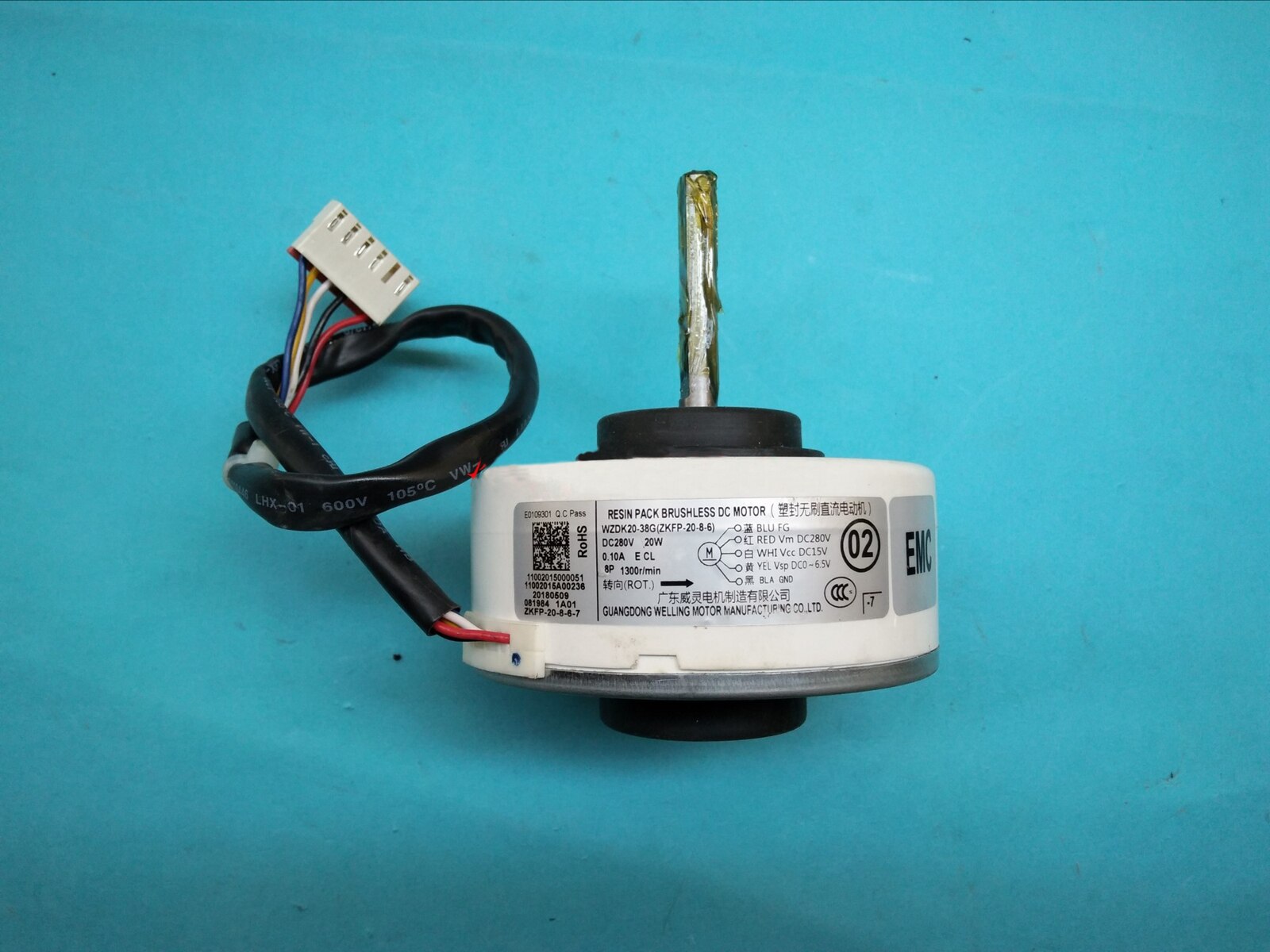
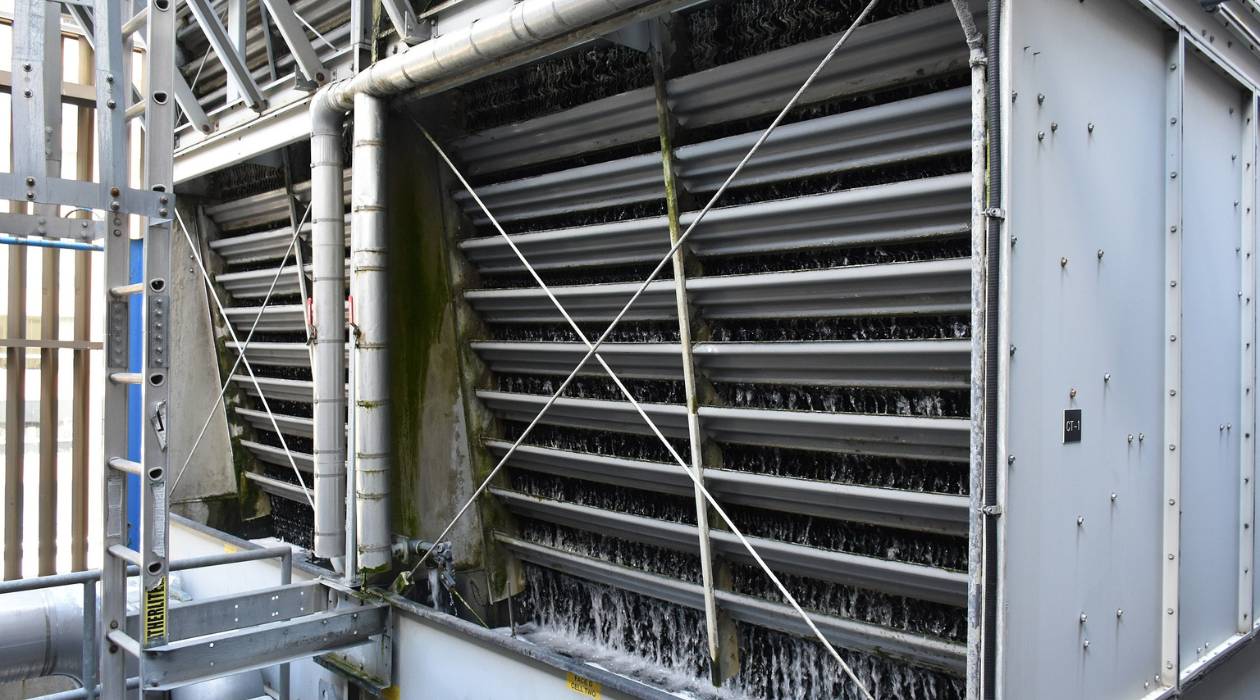





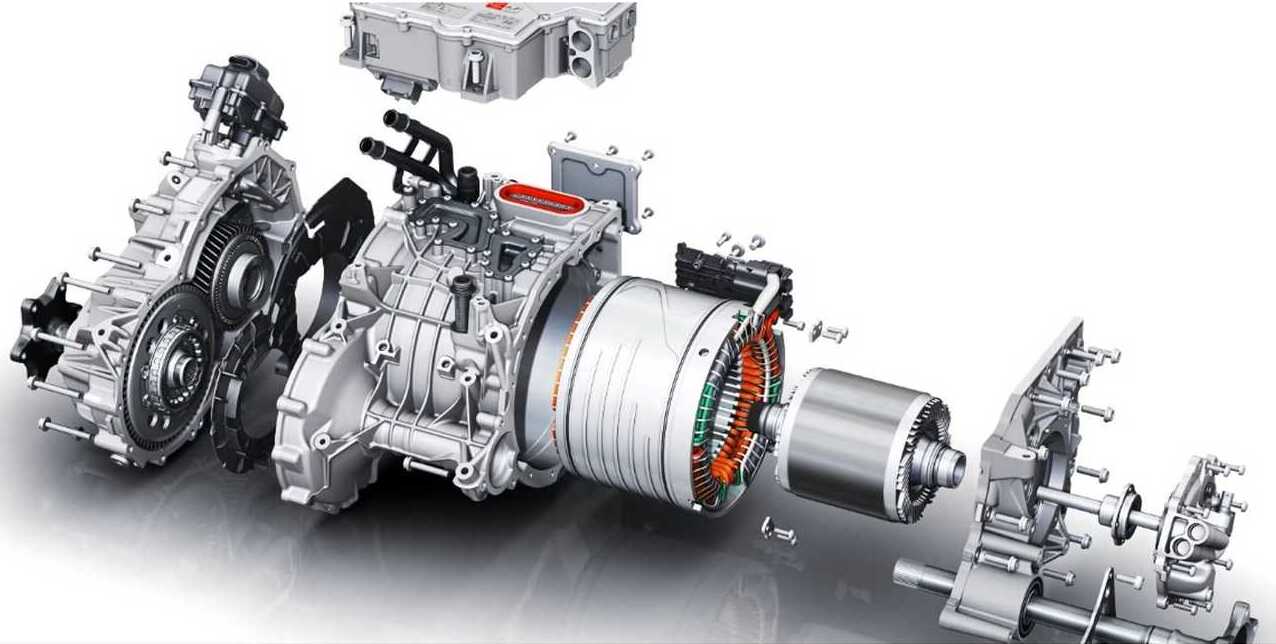
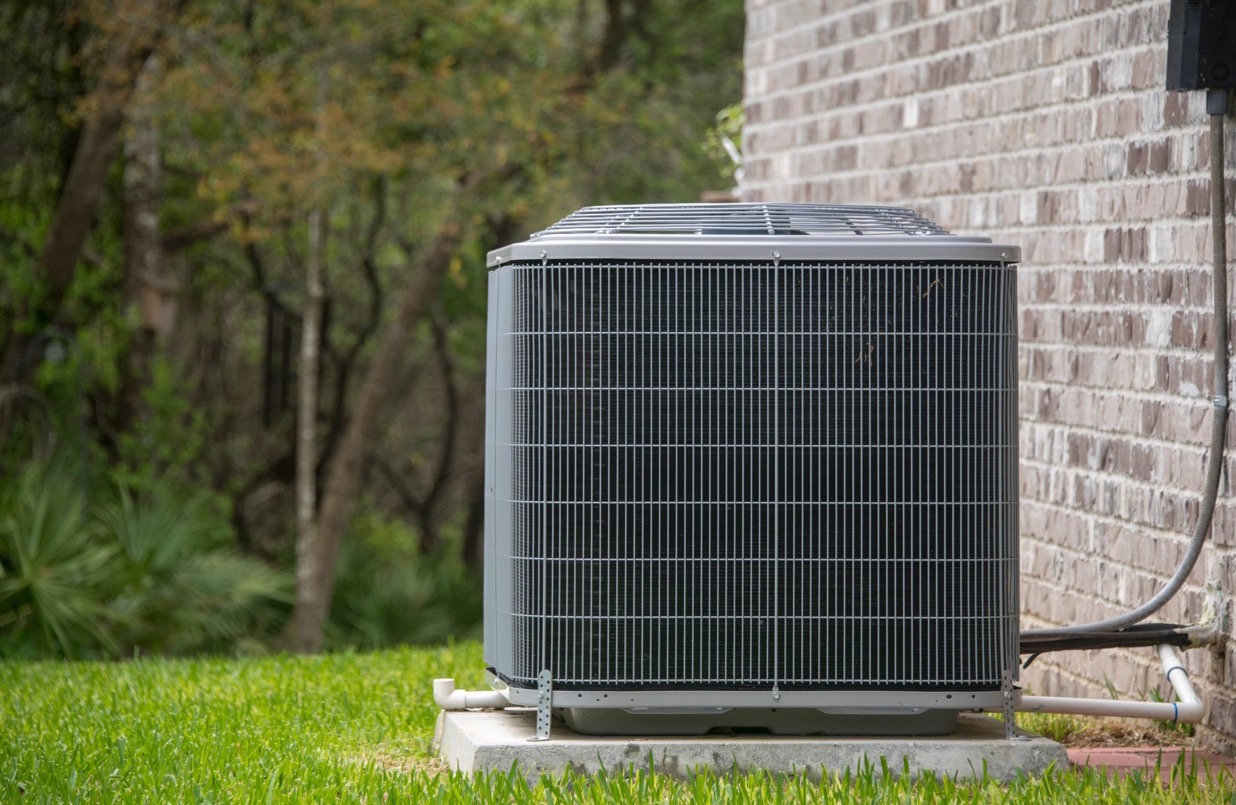

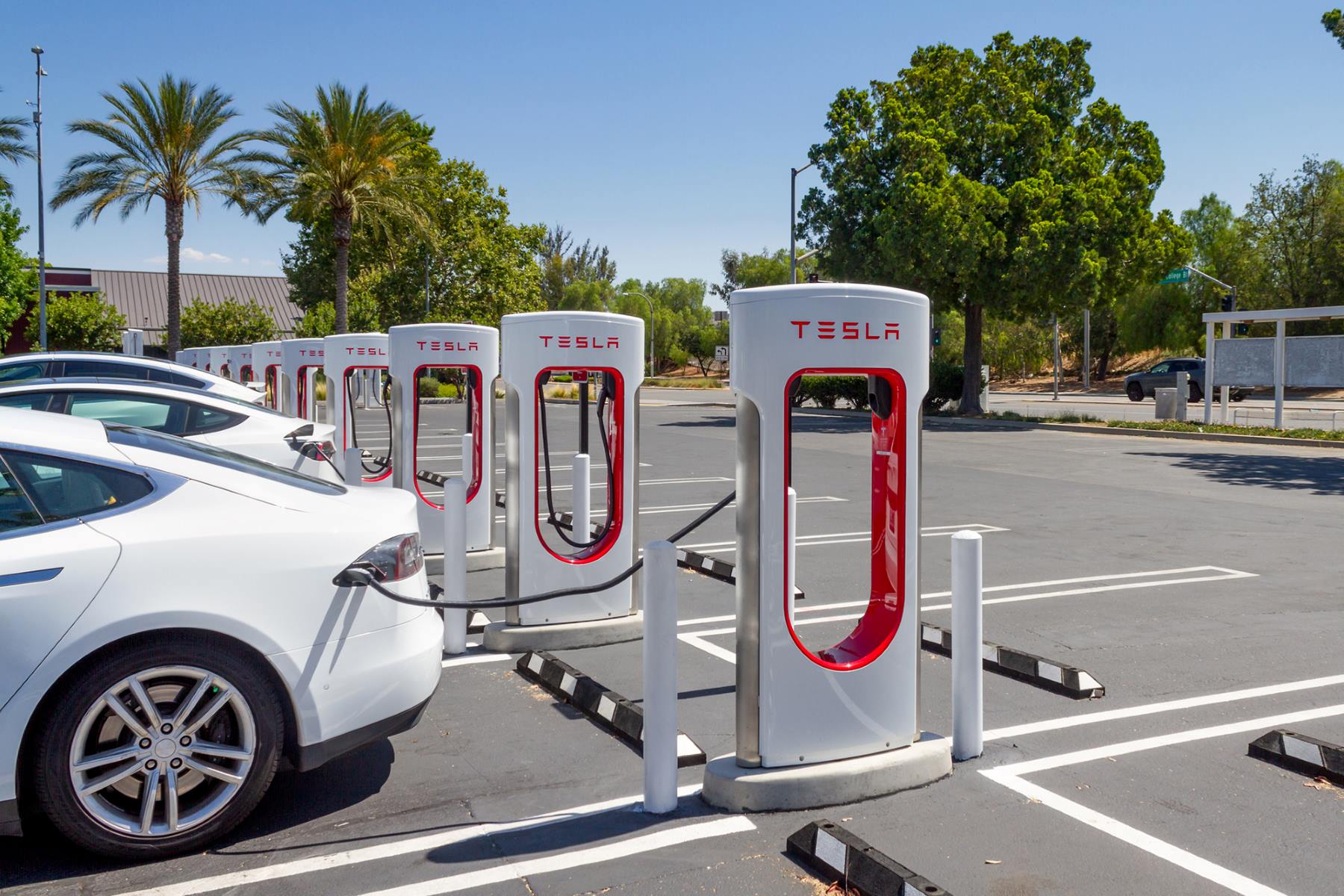
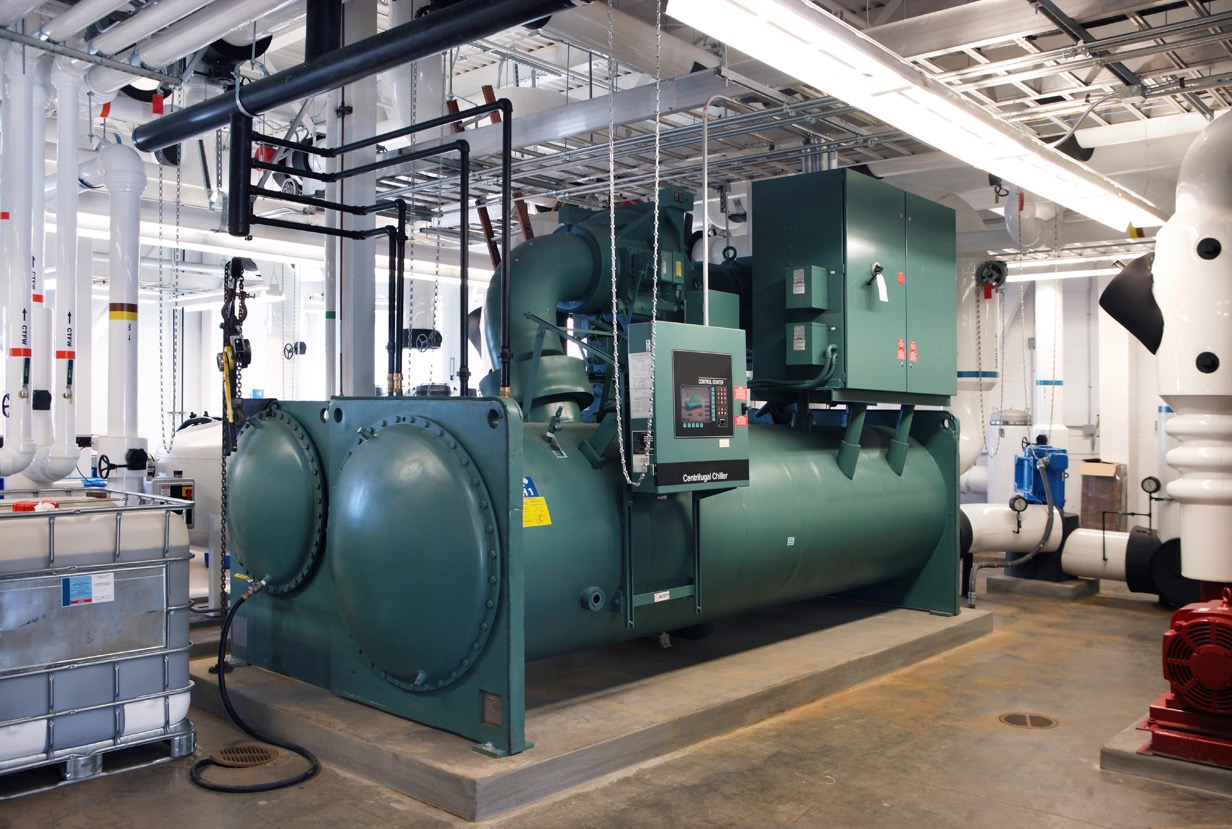

0 thoughts on “How Does AC Work In A Tesla”